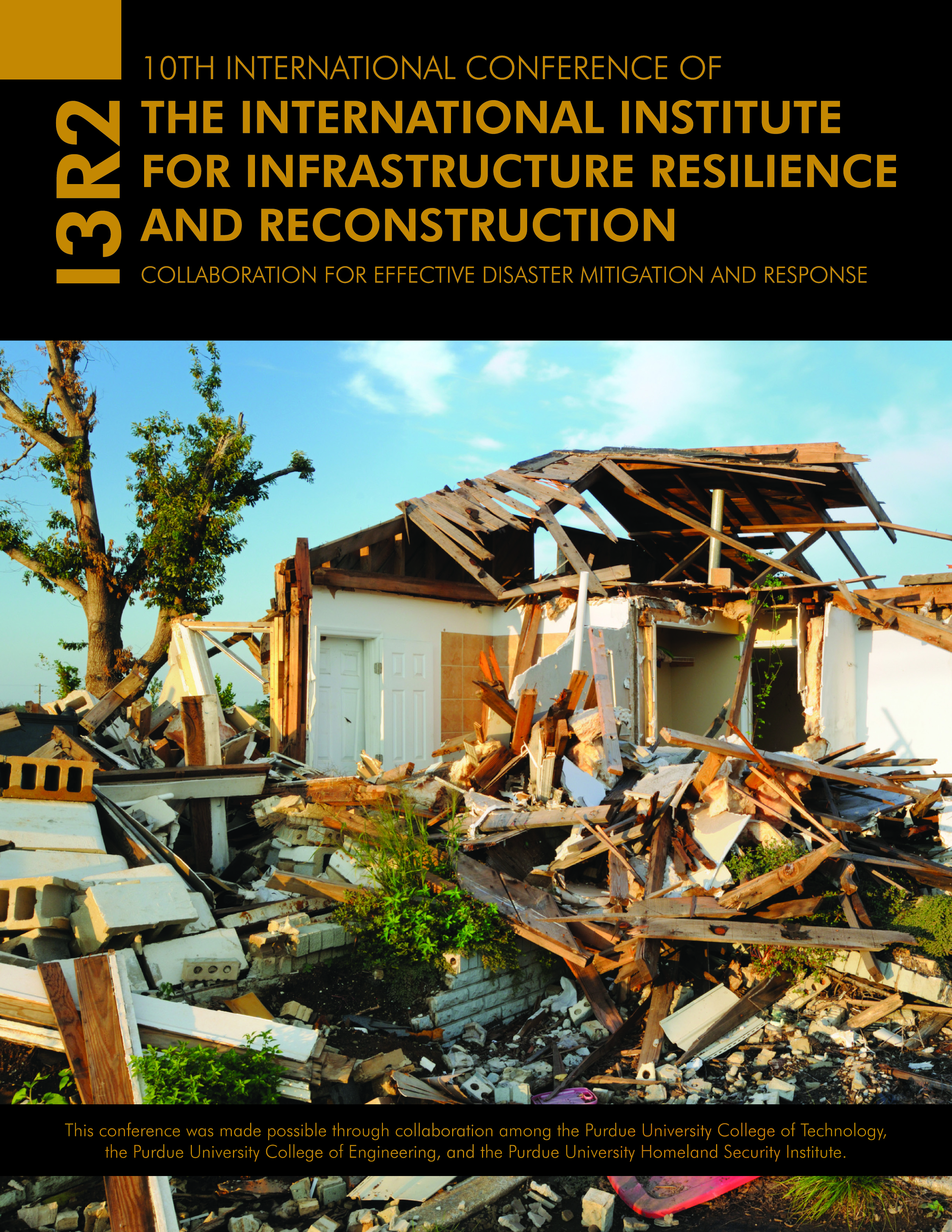Abstract
This paper proposes a framework for establishing quantitative measures and mathematically reproducible definitions of structural resiliency as it pertains to a structure's ability to minimize the potential for undesirable response to low-probability-high-consequence events. The resiliency assessment and design process follow a logical progression of steps starting with the characterization of hazards and continuing through analysis simulations, damage modeling, and loss assessment by balancing functional relationships between design tradeoffs and associated consequences. The outcomes of each subprocess are articulated through a series of generalized variables: topology, geometry, damage, and hazard intensity measures. A rigorous probabilistic framework permits consistent characterization of the inherent uncertainties throughout the process. The proposed framework is well suited to support the building design process through stochastic characterization of assessment measures. Using a stepwise approach, the framework facilitates a systemwide method to confront multihazard threat scenarios by establishing functional relationships between the development of appropriate models, design methods, damage acceptance criteria, and tools necessary for implementation. The proposed methodology can be implemented directly for assessment of project-specific performance criteria or can be used as a basis for establishing appropriate performance criteria and provisions to achieve resilient structural solutions at the outset of design.
Keywords
air-blast, robustness, resilience, collapse
DOI
10.5703/1288284315348
Recommended Citation
Marjanishvili, S. (2014). A Performance-Based Framework for Structural Resilience to Blast-Induced Damage. In Randy R. Rapp & William Harland (Eds.), The Proceedings of the 10th International Conference of the International Institute for Infrastructure Resilience and Reconstruction (I3R2) 20-22 May 2014. (22-29). West Lafayette, Indiana: Purdue University.
Included in
A Performance-Based Framework for Structural Resilience to Blast-Induced Damage
This paper proposes a framework for establishing quantitative measures and mathematically reproducible definitions of structural resiliency as it pertains to a structure's ability to minimize the potential for undesirable response to low-probability-high-consequence events. The resiliency assessment and design process follow a logical progression of steps starting with the characterization of hazards and continuing through analysis simulations, damage modeling, and loss assessment by balancing functional relationships between design tradeoffs and associated consequences. The outcomes of each subprocess are articulated through a series of generalized variables: topology, geometry, damage, and hazard intensity measures. A rigorous probabilistic framework permits consistent characterization of the inherent uncertainties throughout the process. The proposed framework is well suited to support the building design process through stochastic characterization of assessment measures. Using a stepwise approach, the framework facilitates a systemwide method to confront multihazard threat scenarios by establishing functional relationships between the development of appropriate models, design methods, damage acceptance criteria, and tools necessary for implementation. The proposed methodology can be implemented directly for assessment of project-specific performance criteria or can be used as a basis for establishing appropriate performance criteria and provisions to achieve resilient structural solutions at the outset of design.




Comments
Presentation slides may be found at: http://www.prezi.com/suzx6yfog1vj/